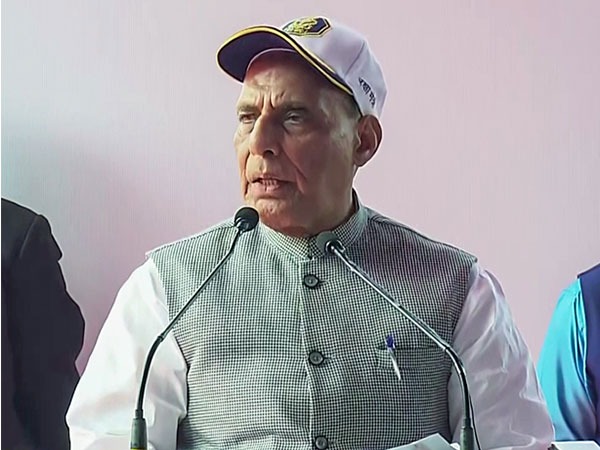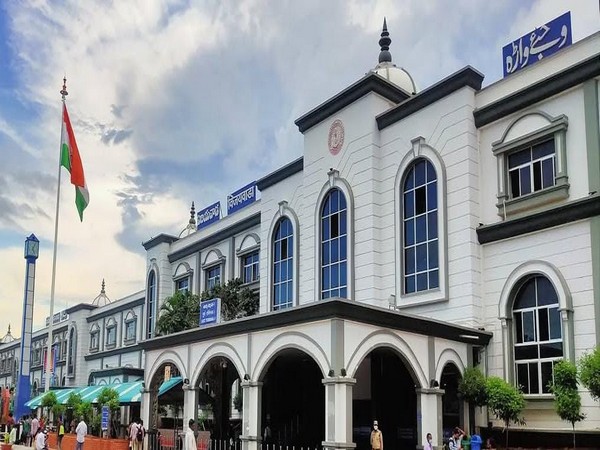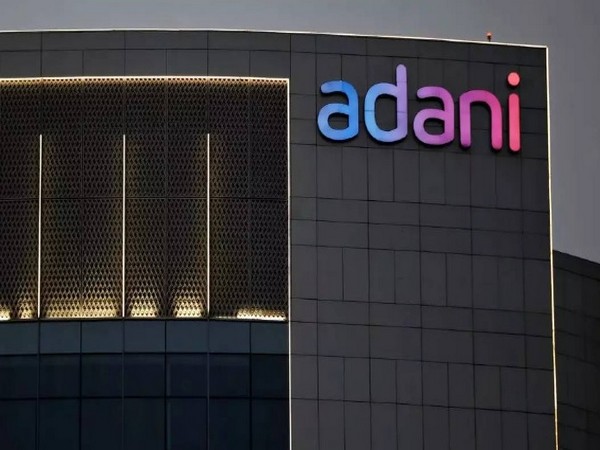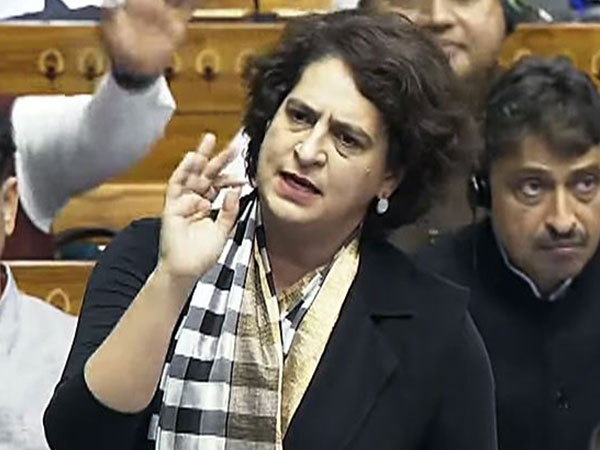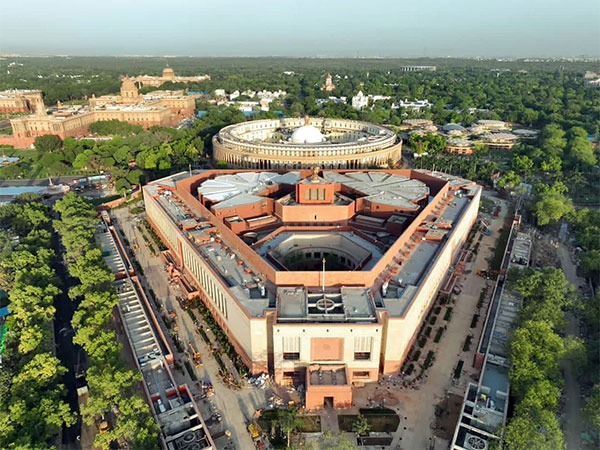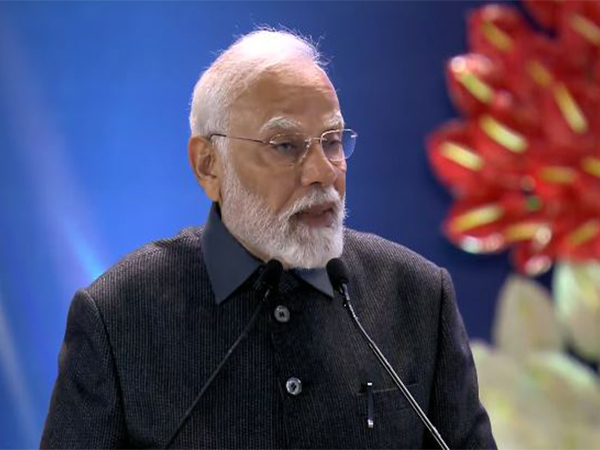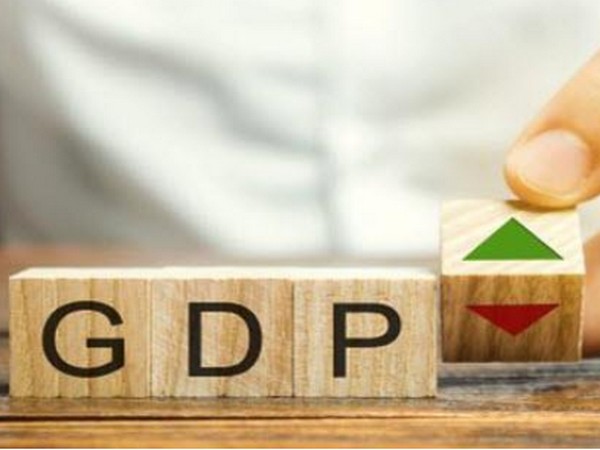
New Delhi [India], March 16 (ANI): Rating agency CRISIL on Thursday said it expected India’s gross domestic product (GDP) growth to touch 6 per cent in fiscal 2024, compared with 7 per cent estimated by the National Statistical Organisation (NSO) for fiscal 2023. The agency also sees average GDP growth over the next five fiscals at 6.8 per cent. It added it expects the corporate revenue to log in double-digit rise again next fiscal.
A complex interplay of geopolitical events, stubbornly high inflation — and sharp rate hikes to counter that — have turned the global environment gloomier, the rating agency added. On the domestic front, the peak impact of the rate hikes — 250 basis points since May 2022, which has pushed interest rates above pre-Covid-19 levels — will play out in fiscal 2024, according to a statement of CRISIL.
CRISIL said consumer inflation is expected to moderate to 5 per cent on average in fiscal 2024 from 6.8 per cent in fiscal 2023, owing to high-base effect and some softening of crude and commodity prices. A good rabi harvest would help cool food inflation, while the slowing economy should moderate core inflation. It said the risks to inflation were tilted upward, given the ongoing heat wave and the World Meteorological Organization’s prediction that an El Nino warming event was likely over the next couple of months.
Amish Mehta, Managing Director and CEO of CRISIL, said, “India’s medium-term growth prospects are healthier. Over the next five fiscals, we expect GDP to grow at 6.8 per cent annually, driven by capital and productivity increases. What is also good to see is the increasing sustainability footprint of capex (capital expenditure).” Mehta said nearly 9 per cent of the infrastructure and industrial capex is green. “We see this number rising to 15 per cent by fiscal 2027. Down the road, the impact of climate risk mitigation will be felt across revenue, commodity prices, export markets and capital spending.”
Capital investments at a higher scale by the government and expected fresh ones by the private sector will drive medium-term growth, while digitalisation and efficiency-enhancing reforms will raise the contribution of productivity, CRISIL said.
CRISIL said, “We expect the economy to continue reaping efficiency gains from structural reforms such as the goods and services tax and the Insolvency and Bankruptcy Code. Better physical infrastructure will improve connectivity and lower logistics costs for industries, while digital infrastructure will bring efficiency gains by serving as a platform for innovation and efficient payments systems.”
Dharmakirti Joshi, Chief Economist, CRISIL, said, “India’s external vulnerability is expected to decline with a narrower current account deficit (CAD) and modest short term external debt. While CAD is expected to narrow to 2.4 per cent of GDP (USD 88 billion) next fiscal from an estimated 3 per cent (USD 100 billion) this fiscal, its financing may face challenges as foreign portfolio flows remain volatile and external commercial borrowings are less attractive.”
As for India Inc, CRISIL said revenue growth was expected to touch double digits in fiscal 2024 despite a global slowdown and interest rate hikes, an analysis of 748 listed companies from fiscal 2011 onwards (excluding those from the oil and gas, and banking, financial services and insurance sectors) shows.
This will be driven by a 10-12 per cent growth in revenue for the non-commodity sectors, even as commodity prices remain benign. Importantly, this will follow a 16-18 per cent on-year rise in revenues in fiscal 2023 after the commodity supercycle boost in fiscal 2022, the rating agency said.
According to CRISIL, the revenue increase in fiscal 2023 has been led by an estimated 18-20 per cent on-year increase in non-commodity segments, with commodities recording an anaemic 5-7 per cent growth coming off a high base. Operating margin is expected to improve 120-170 basis points in fiscal 2024 aided by three factors — benign commodity prices, the full effect of price hikes taken in fiscal 2023 playing out, and volume growth, it added.
In fiscal 2024, margin expansion is projected to be broad-based, with margin improvements across sectors as cooling commodity prices reduce costs, while revenue gets a lift from volume expansion.
CRISIL said while government policies would continue to push industrial capex and new-age opportunities, infrastructure spending will drive 12-16 per cent growth in overall capex next fiscal.
It added this was to achieve nearly 75 per cent of the initial targets set under the National Infrastructure Pipeline by fiscal 2025. Suresh Krishnamurthy, Senior Director, CRISIL Market Intelligence and Analytics, said, “Overall industrial capex is seen rising to nearly Rs 5.7 lakh crore on average between fiscals 2023 and 2027, compared with Rs 3.7 lakh crore in the past five fiscals. Nearly half of this incremental capex is being driven by the Production-Linked Incentive (PLI) scheme and new-age sectors.”
Hetal Gandhi, Director for Research, CRISIL (MI and A), said, “As for domestic demand impetus, growth in urban incomes and government employee payouts should once again outperform rural incomes in fiscal 2024. This would continue to skew consumption towards premium products and stoke the two-speed recovery underway.” (ANI)







